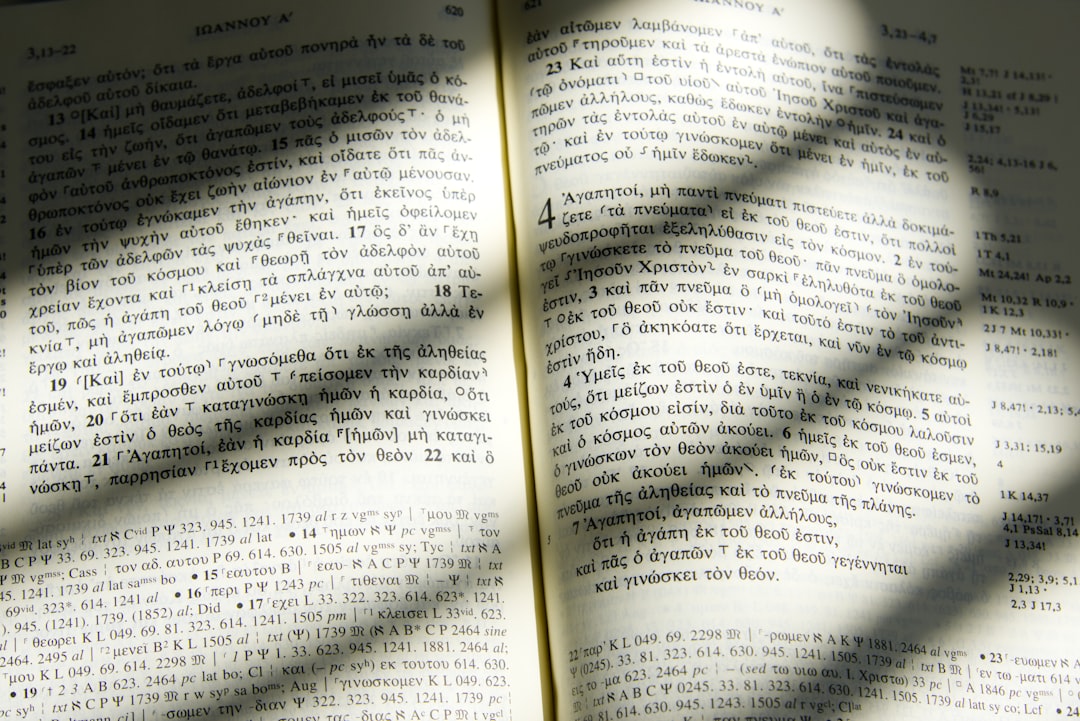What is it about?
How people who can't see or hear (well) still tell jokes and show other people that they have understood a joke.
Featured Image

Photo by Roland Larsson on Unsplash
Why is it important?
When you're deafblind you miss out on a lot of contextual information - how do deafblind signers adapt to this and continue to use humour and what difficulties do they face? This article is also important because we don't know much yet about how laughter and humour are used in sign language conversations more generally and what is similar/ different to laughter and humour in spoken language conversations. So it contributes to our understanding of humour and laughter across language modalities.
Read the Original
This page is a summary of: Are you trying to be funny? Communicating humour in deafblind conversations, Discourse Studies, May 2019, SAGE Publications,
DOI: 10.1177/1461445619846704.
You can read the full text:
Resources
Contributors
The following have contributed to this page










